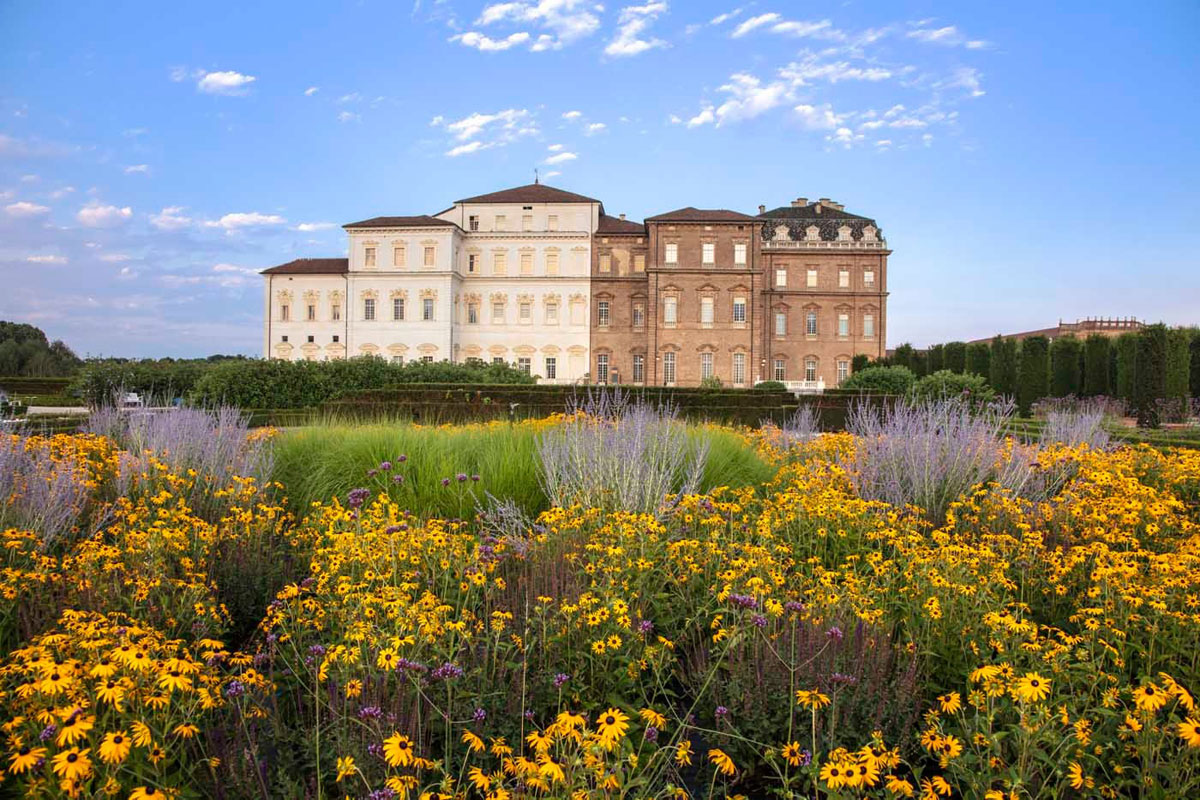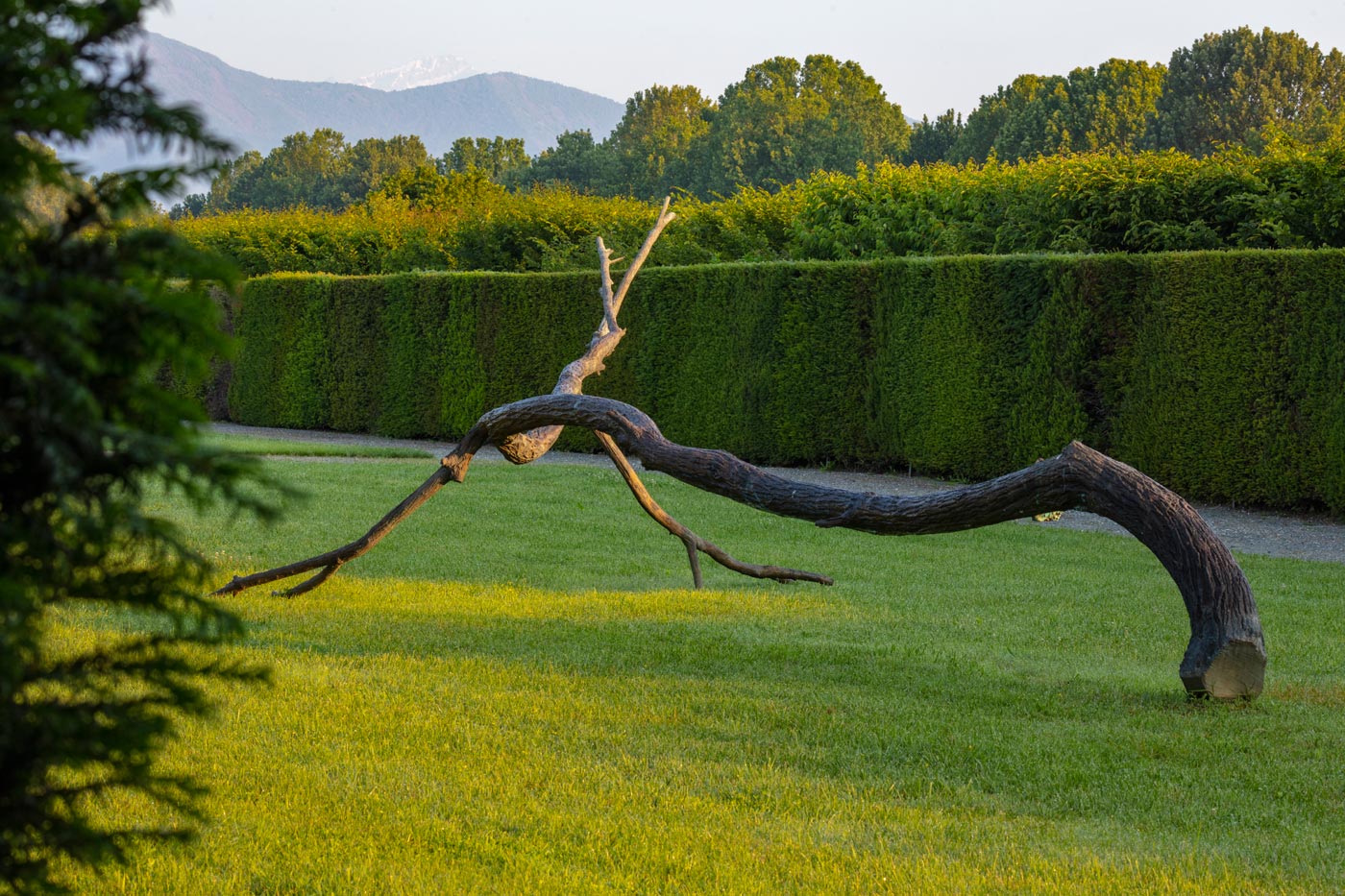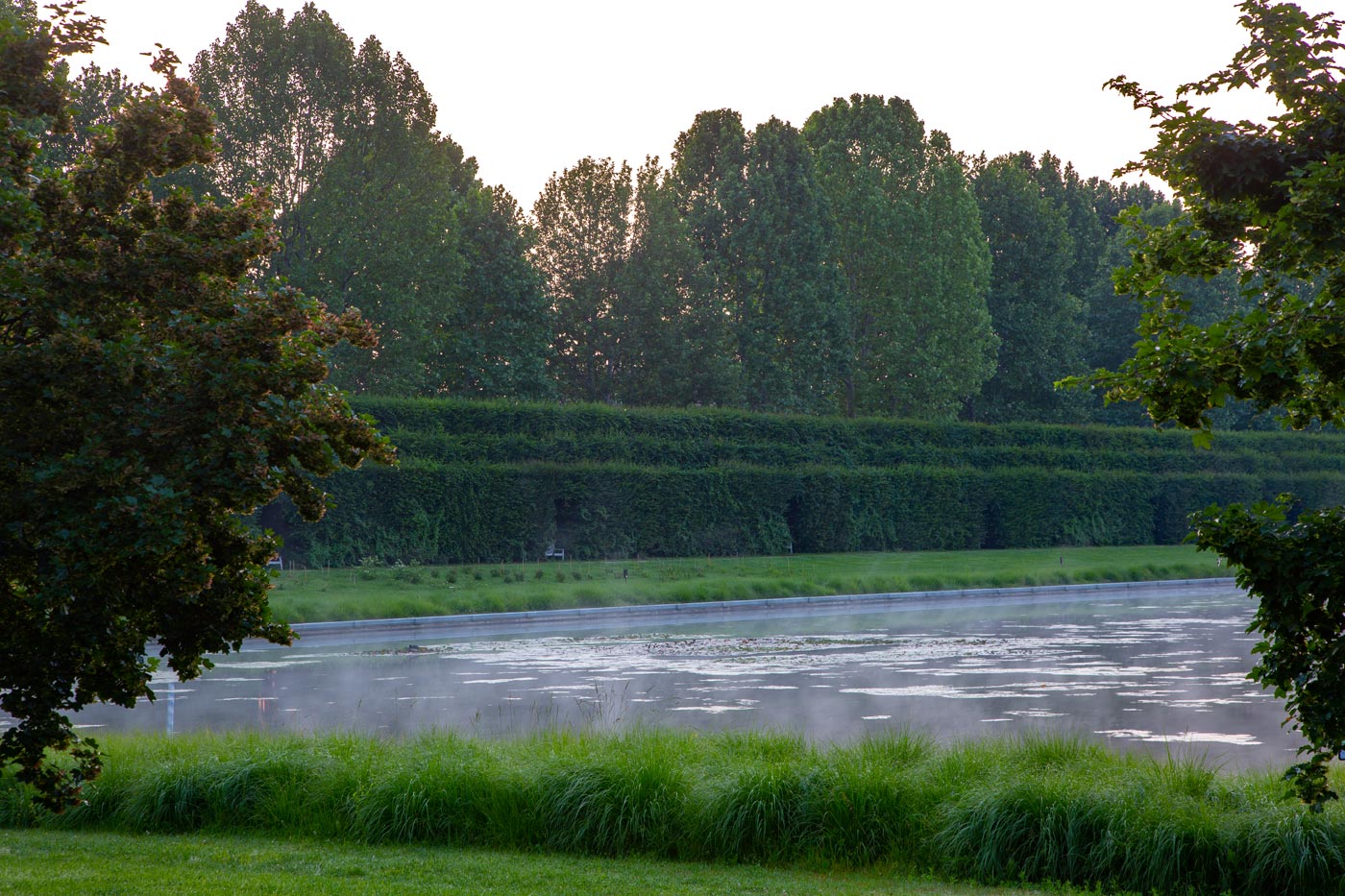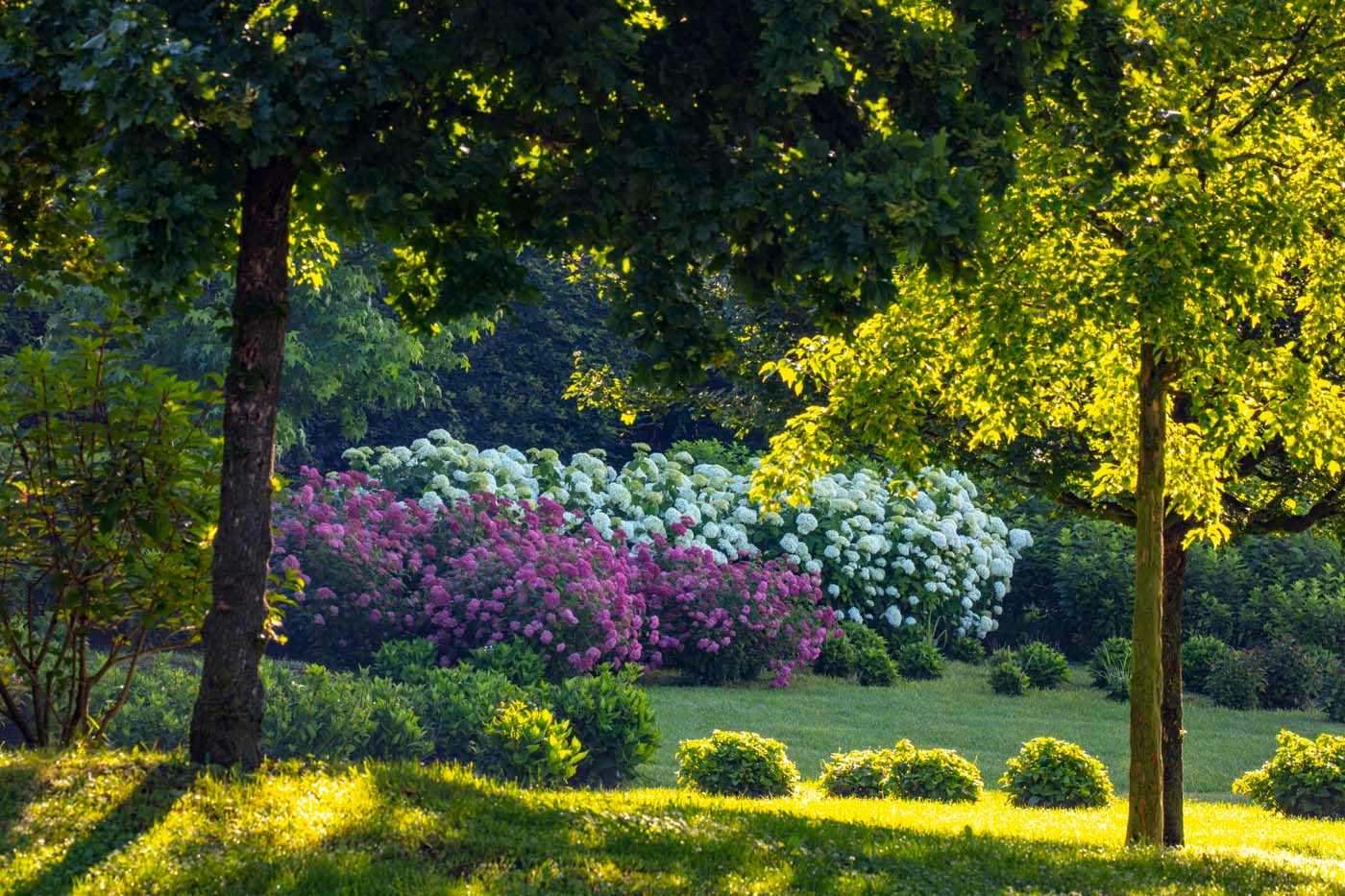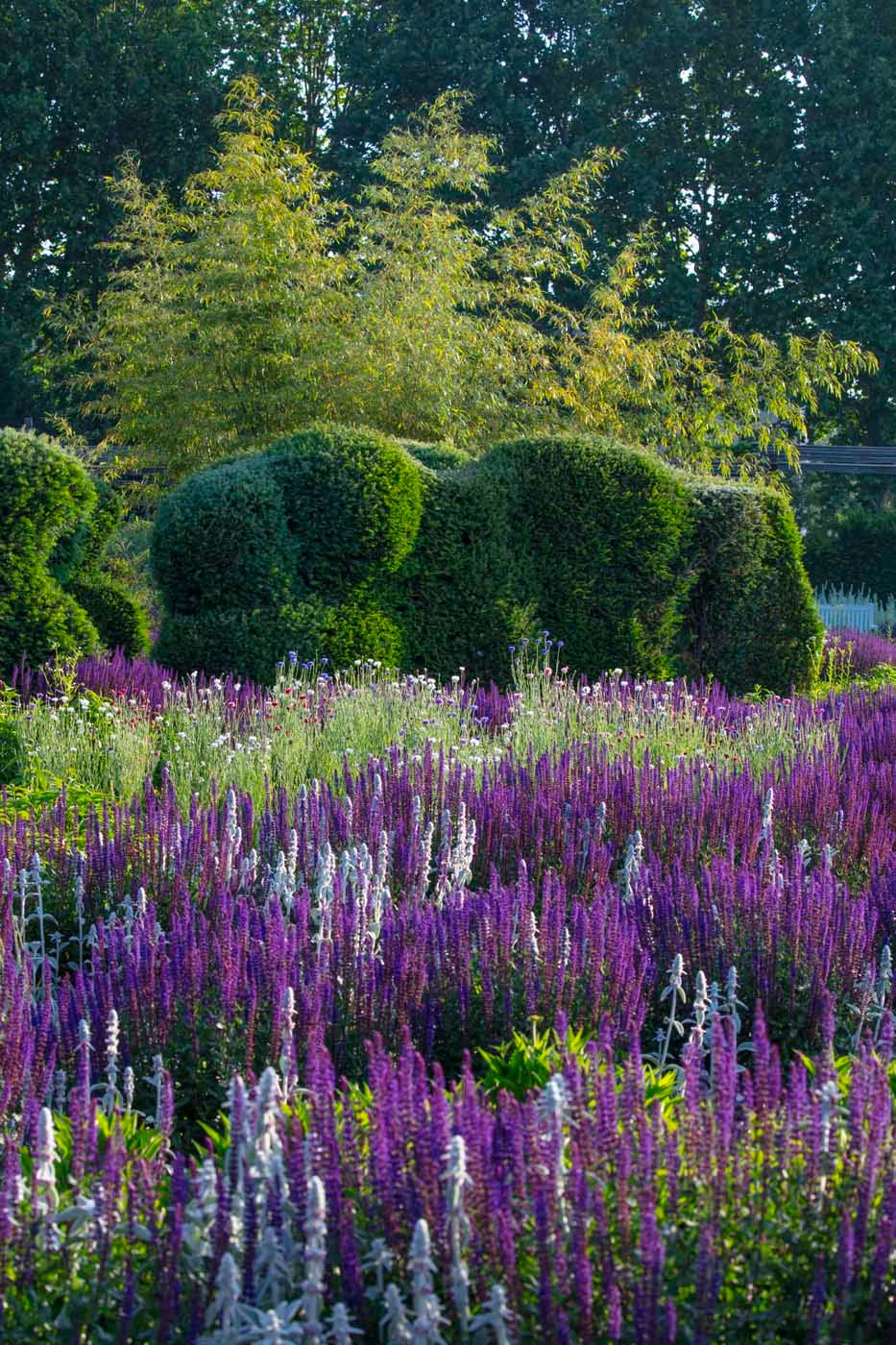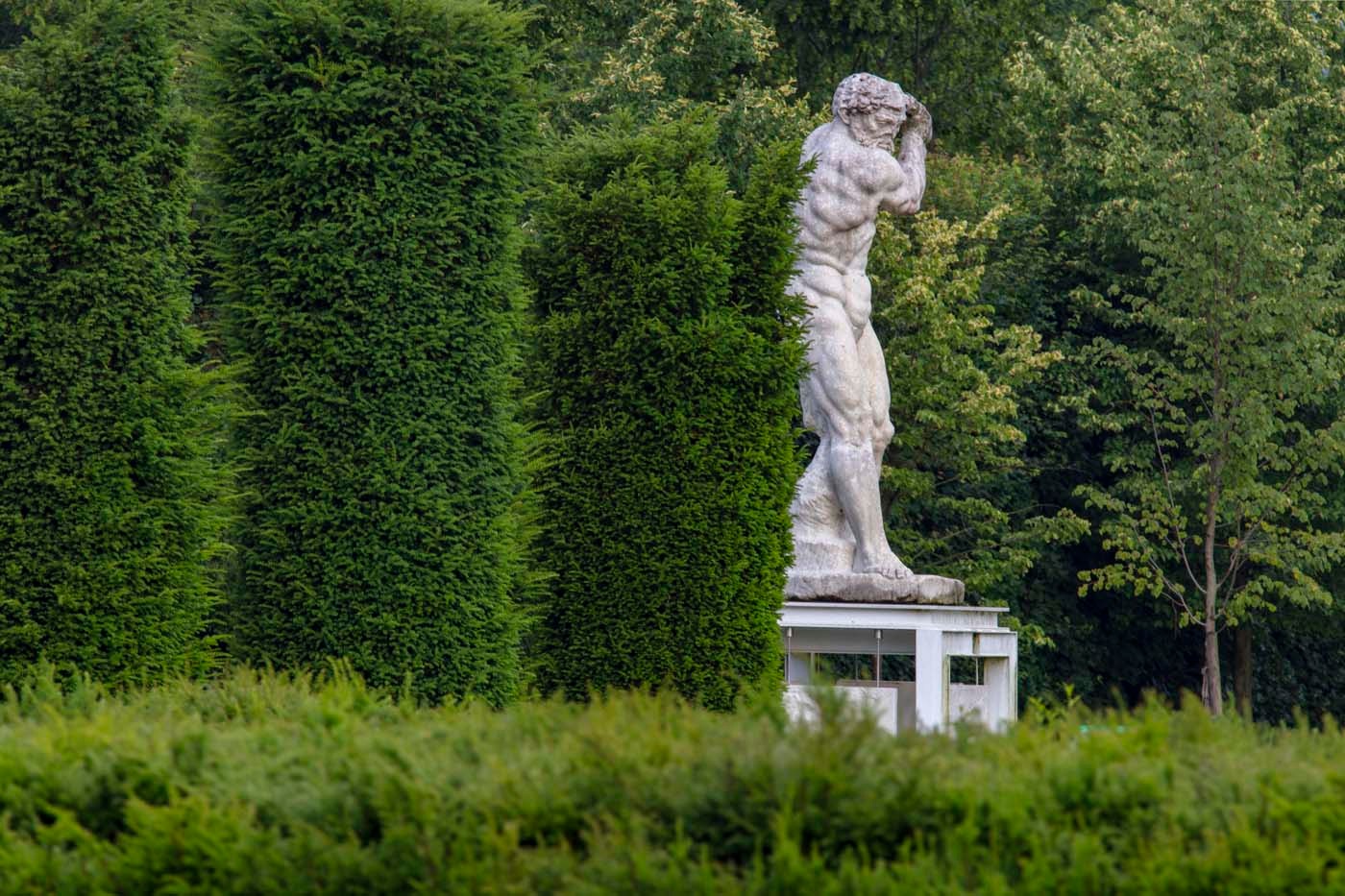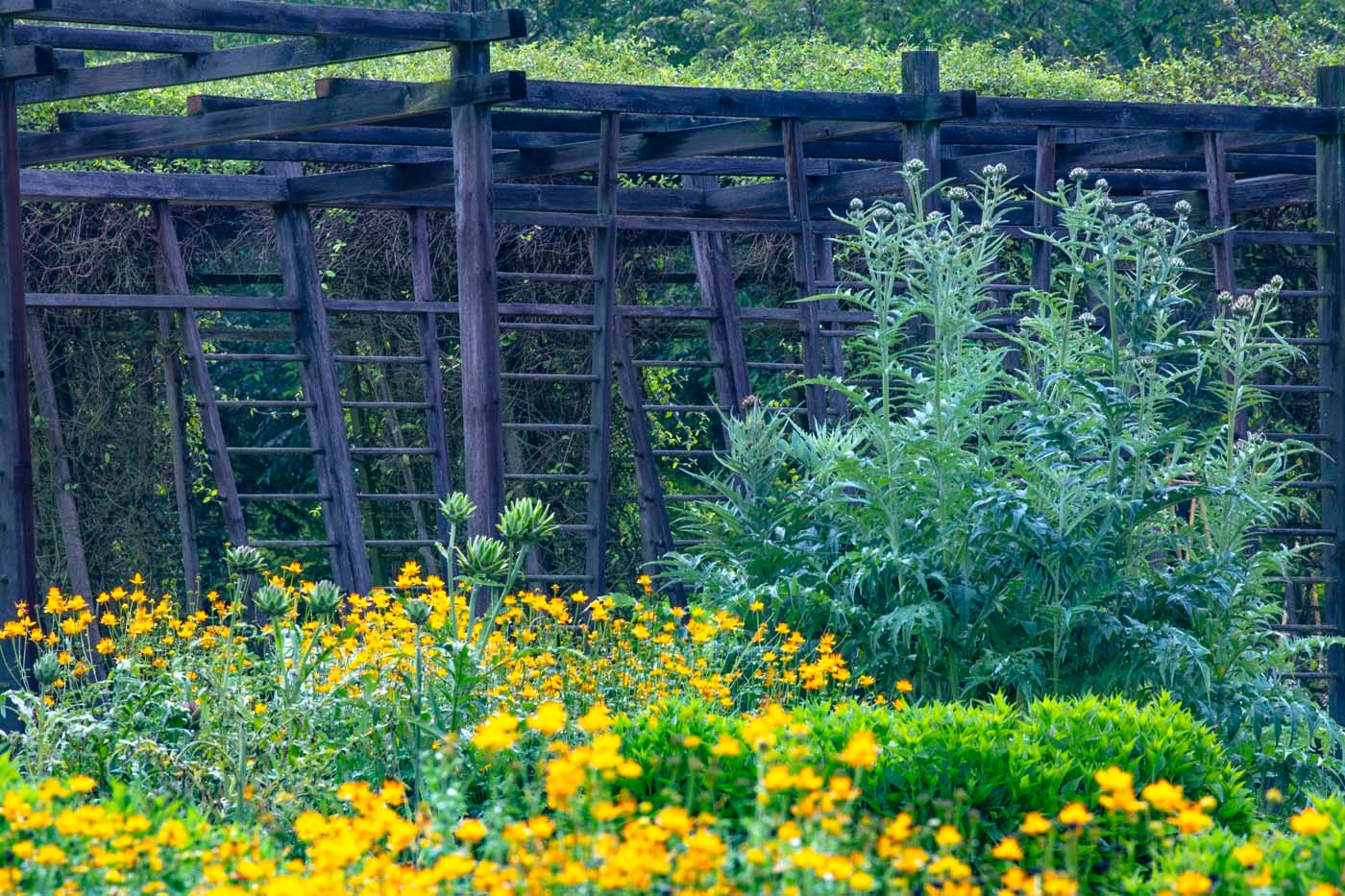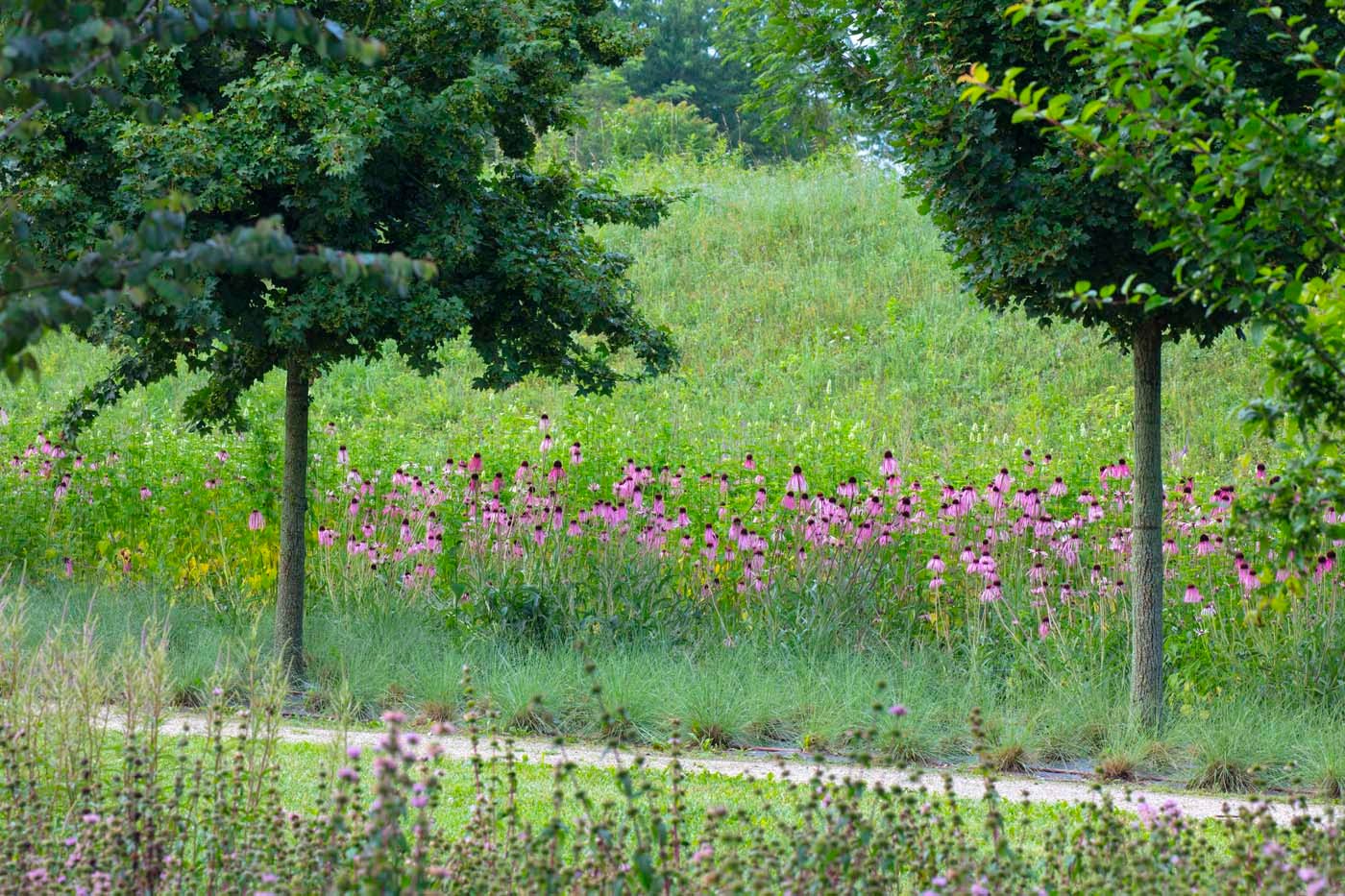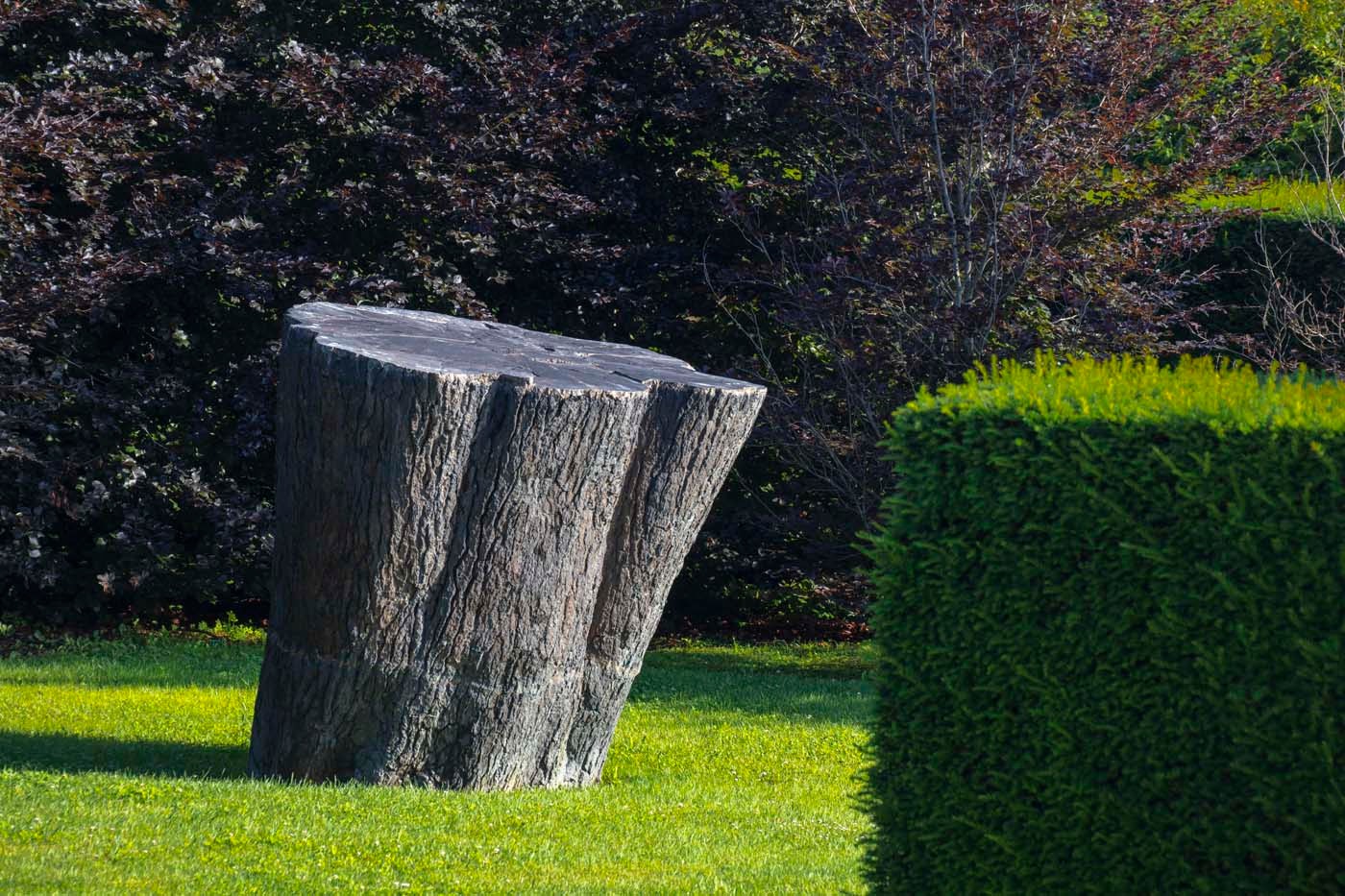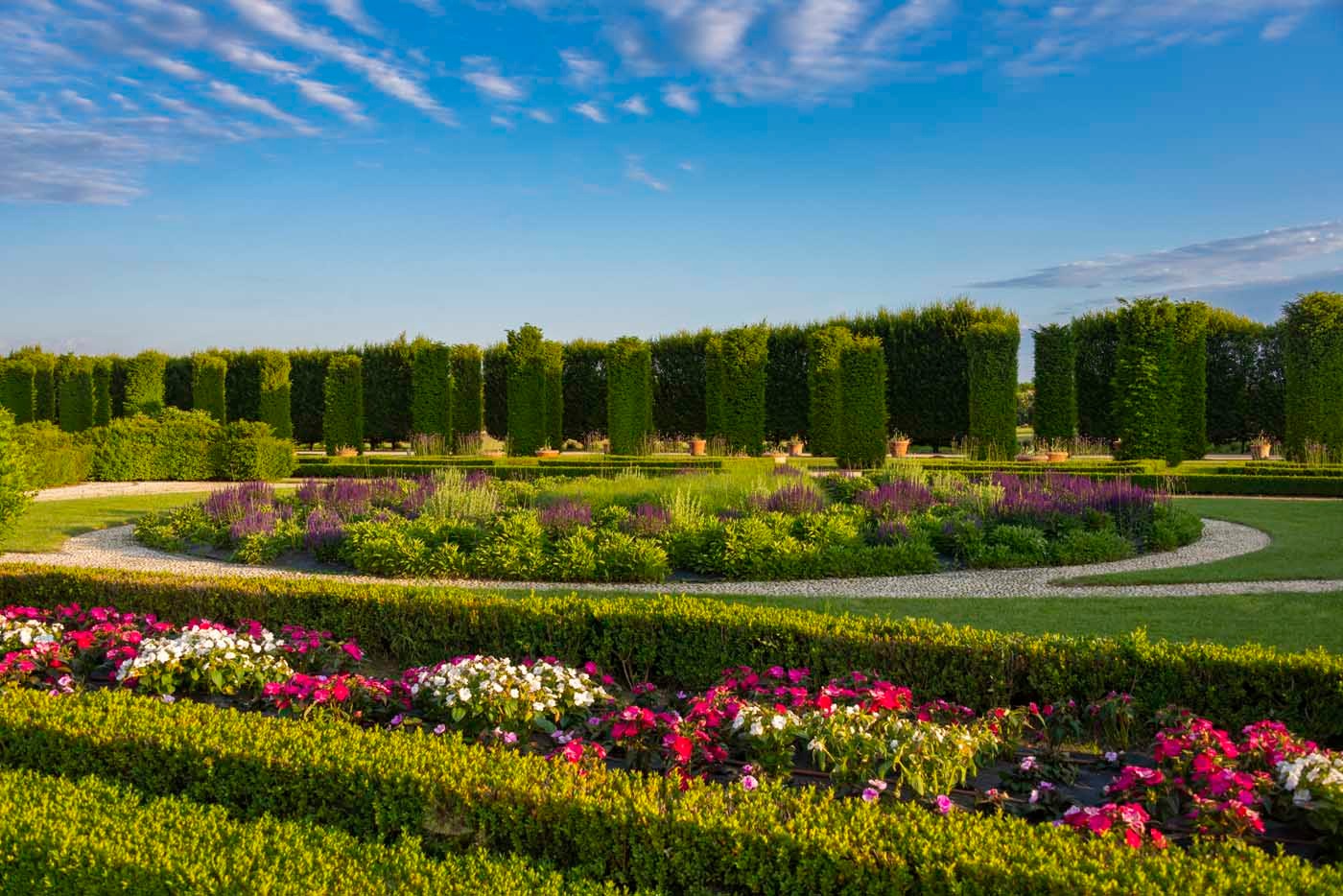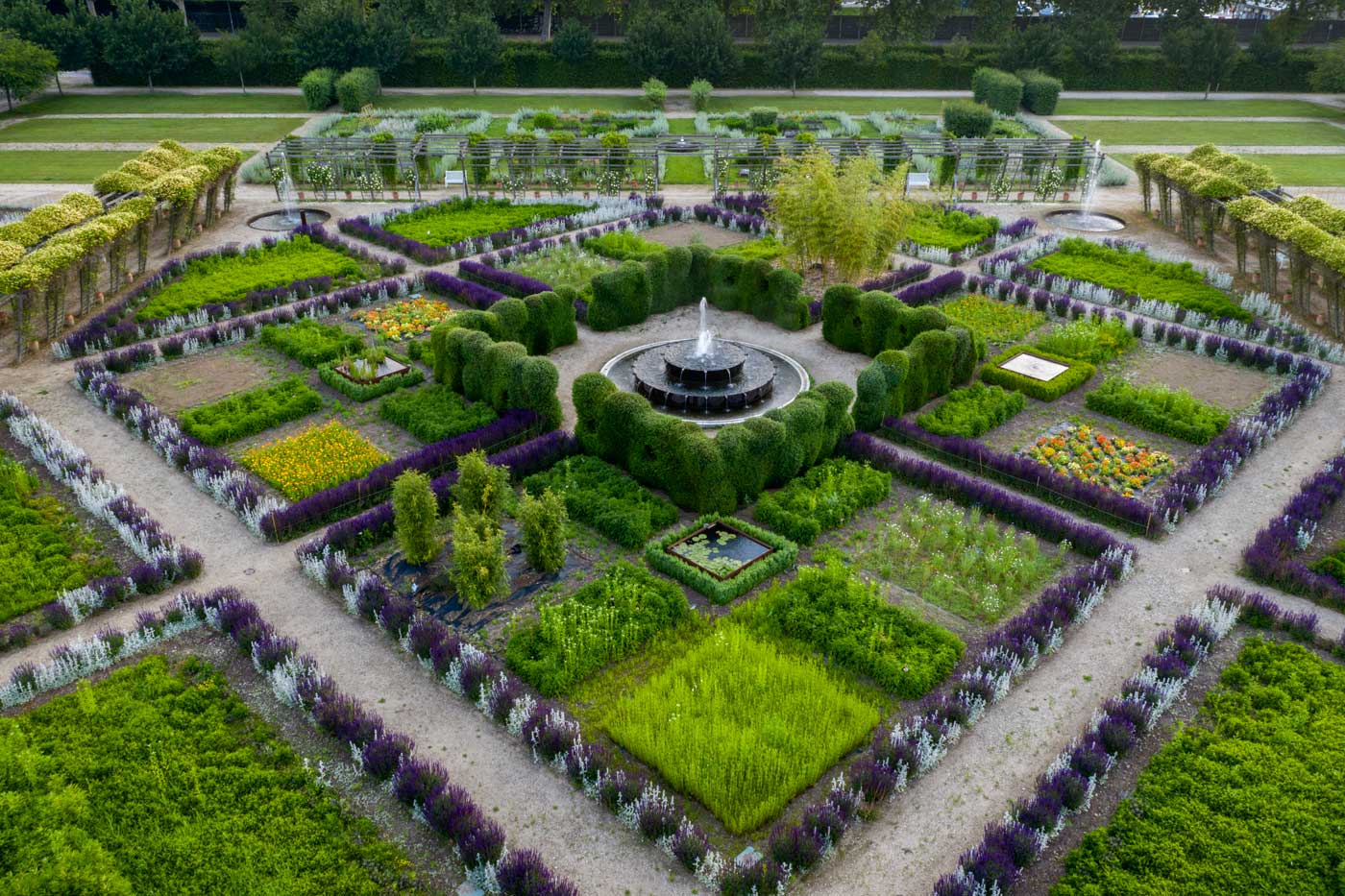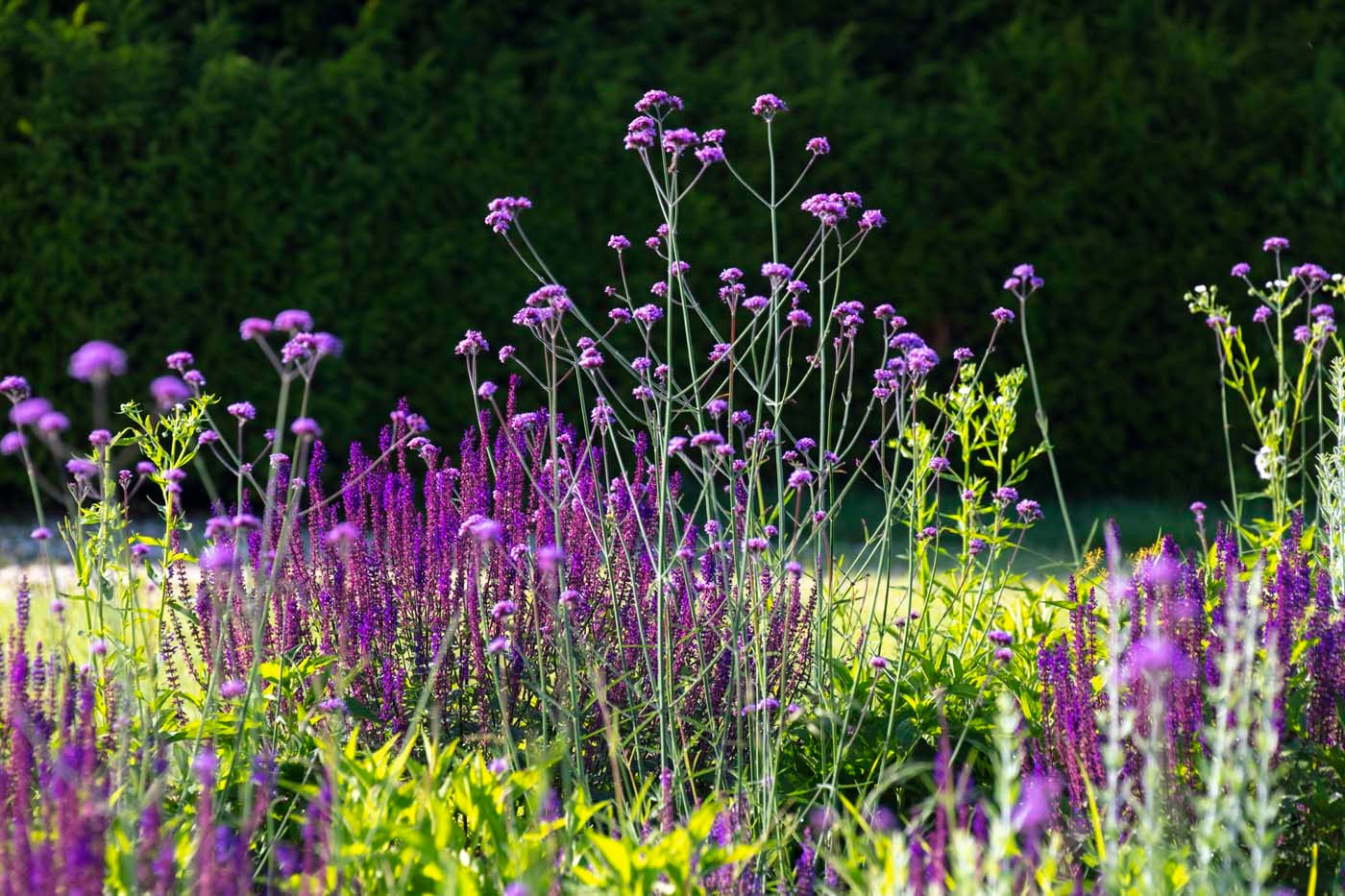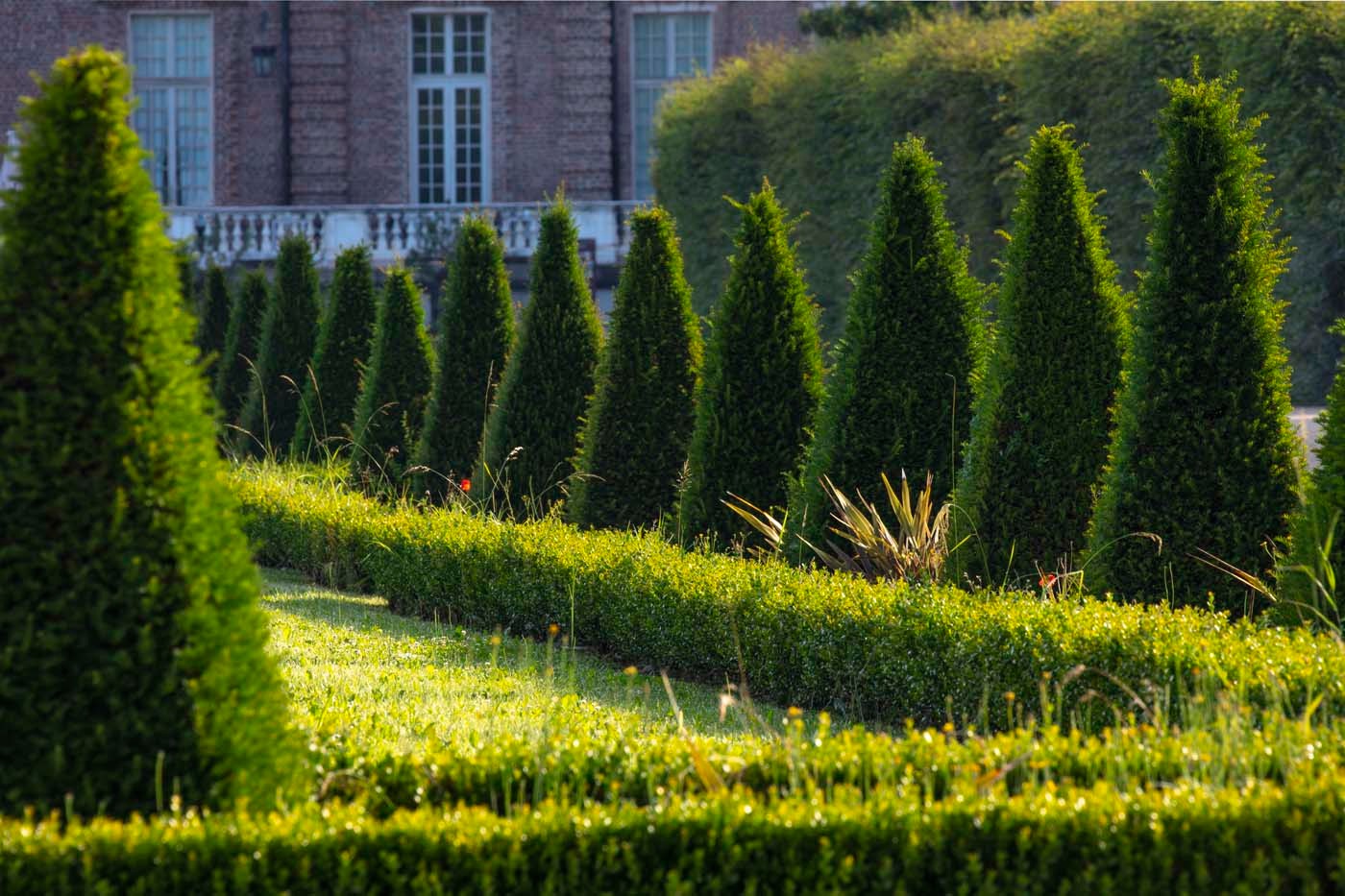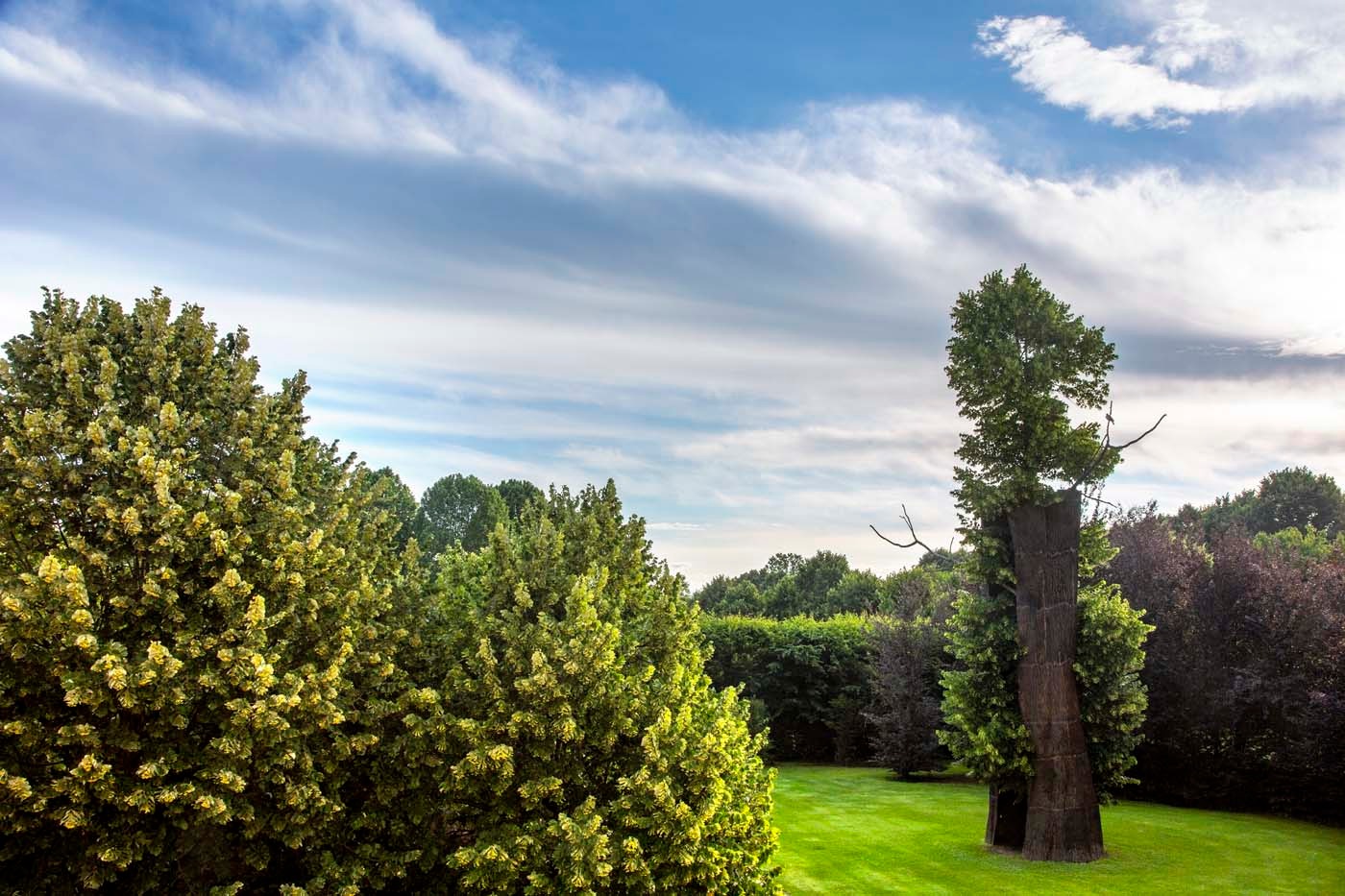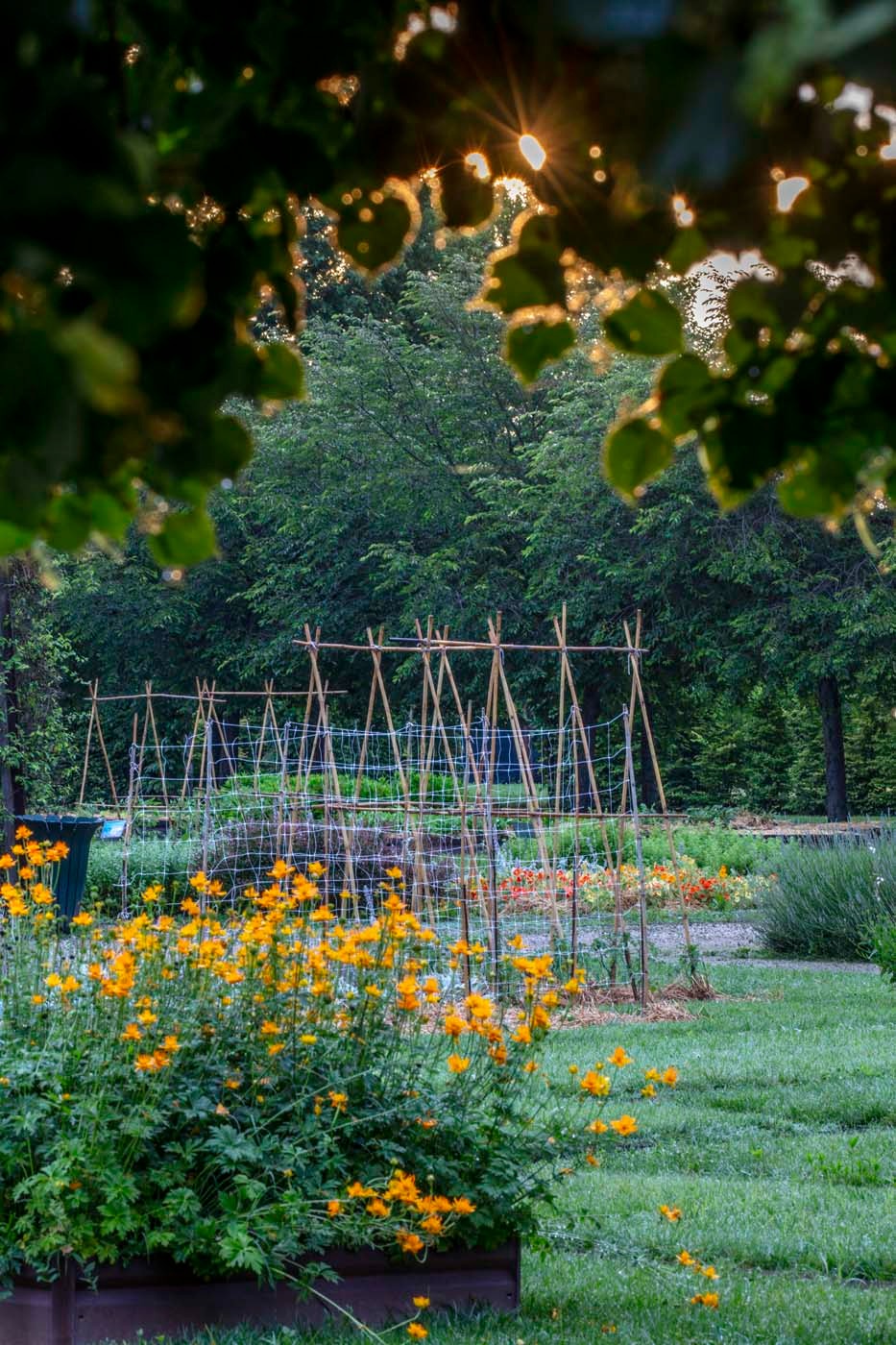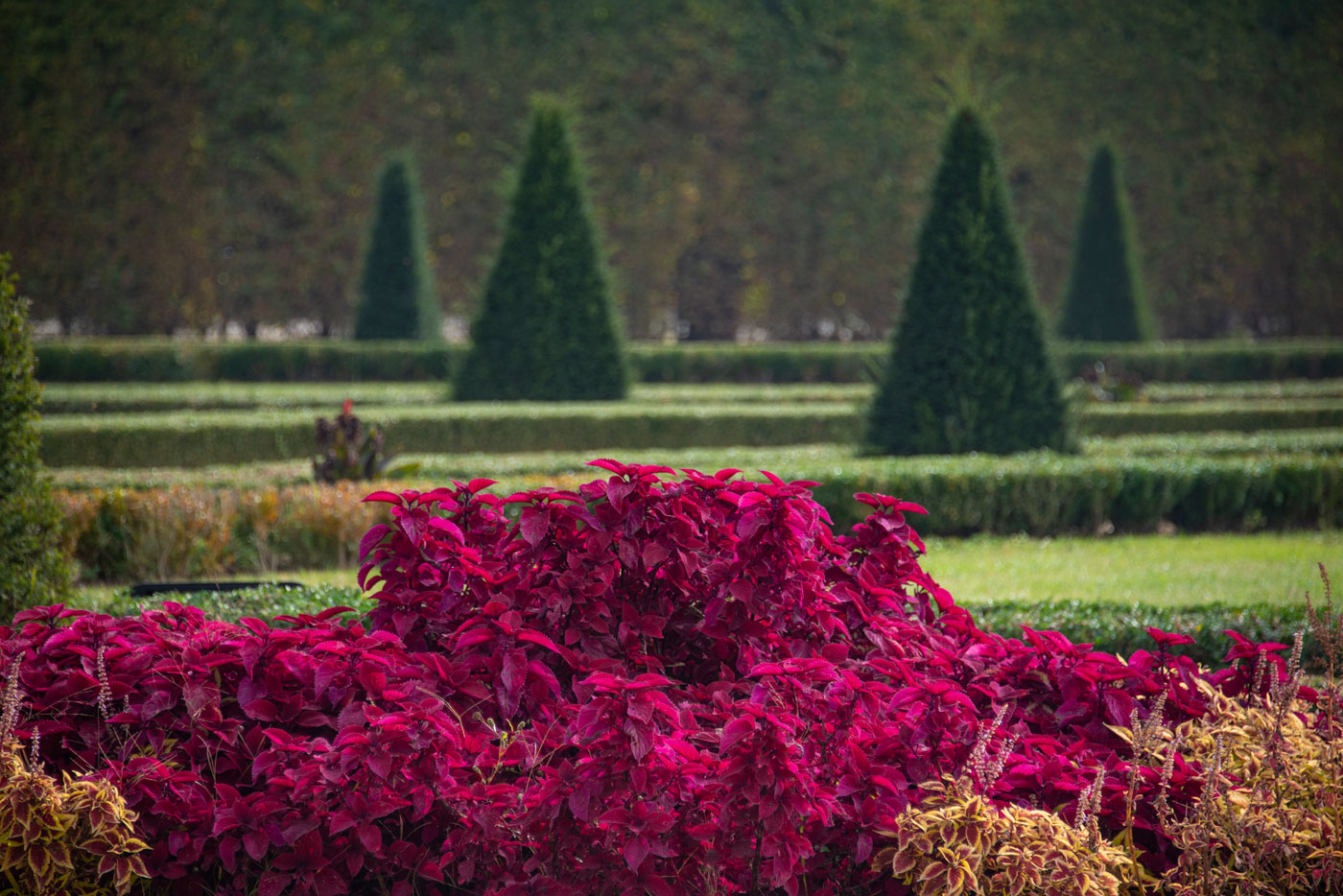Sixty shots of stunning seasonal scenes to explore, investigate and touch, letting the soil run through your fingers. These are our Gardens: waiting for you to discover thirteen years of secrets. Even the Mandria, in its nest of dense greenery, is willing to share. Like blocks of soil, these photographs fit together to form the puzzle that is the landscape of the Royal Venaria. A kaleidoscope of miniature worlds suspended between ancient memories and new adventures. So much to see, you might lose yourself: well, perhaps that’s the idea?
zolla.31
The Venaria Reale is not just a garden. It is a true landscape, and the simplicity of the lawns, hedges and foliage only serve to emphasise it. Every year, flowers and flowerbeds put on their show, but in the meantime the greenery has taken deep root and shaped the spaces. Giuseppe Penone’s sculptures are now part of this framework and seem like nods to a distant past, similar to fossils from vanished gardens or ancestral forests. Immersed in “living” nature, they also come alive and teach us to perceive beauty that is not always visible or evident.
zolla.32
During the summer heat, the fish-pond looks like a large swamp, surrounded by willows and spotted with wild vegetation. It is actually more of a garden than ever. Pennyroyal grows thickly on the edges and groups of water lilies, planted in submerged tubs,float on the water’s surface. Maples and mulberries, liquidambar and Japanese pagoda trees, now blooming, dot the banks. A triple hedge of hornbeam surrounds the pool. Continuous botanical, and strictly biological, experiments are carried out to combat the algae. Everything seems to be still, yet it moves. As confirmation we hear gurgles and croaks.
.Acer campestre(pdf)
.Liquidambar styraciflua(pdf)
.Morus alba(pdf)
.Nymphaea sp. (pdf)
.Pennisetum alopecuroides(pdf)
.Sophora japonica(pdf)
zolla.33
In the penumbra of the Park the hydrangeas become the main characters of the summer. The varieties of Hydrangea macrophylla show off their bright colours. The soil lacks acidity, therefore it tends to create more pink colours than blue. The ‘Annabelle’ Hydrangea arborescens withstands even more sunny exposures and puts on a longer show. Large white flowers grow and then turn acid green as they age. The only drawback is that they fall back to the ground, especially during the rains. A not too radical pruning in winter and light trimming in May can restore some order.
zolla.34
A sea of silver and purple laps at the gardens. Large groups of stachys and salvia nemorosa repeat as far as the eye can see. The massive silhouette of the yews looks almost like a raft and the puffs of bamboo look like a flag hoisted in the wind. Today’s triumphs are by no means obvious. Although an easy plant, this sage has suffered in the past from serious fungal attacks under the blows of heat and humidity. A larger planting pattern, irrigation close to the ground and never on the foliage, and a few sprays of sulphur have made it possible to defeat the enemy.
.Salvia nemorosa “Caradonna”(pdf)
.Stachys lanata (pdf)
zolla.35
We don’t always need flowers. At the height of summer nothing is more pleasant and, often, more elegant than a palette of greens: a varied, fresh and mysterious pattern of leaves. The contrast between the free foliage of the linden trees and the pruned foliage of the yews makes for dynamic scenery. The topiaries will be cut again at the end of the season, but for now they have pleasantly blurred outlines with their clear young shoots. After witnessing the sad extinguishing of another historic garden on the Turin hill, the famous Ercole Colosso has returned to the Venaria, a silent witness of collapses and rebirths.
.Taxus baccata (pdf)
.Tilia cordata (pdf)
zolla.36
Cosmos and thistles are a winning combination. Their jubilation lasts a long time and the stark contrast between grey and bright orange, between flashes of light and huge leaves, reminds us that under the summer light we might as well go overboard. Especially in the garden. At the Venaria, cosmos are sown in several stages, in order to have scalar flowering almost until autumn. Thistles, on the other hand, bloom in purple in late spring and they start bearing fruit. They then break down, so they are cut off at the foot, and then they grow new leaves with the first chilly temperatures.
.Cynara cardunculus (pdf)
.Trollius x chinensis ‘Golden Queen’ (pdf)
zolla.37
Directly from Holland with a fury, the New Perennial Movement has been an inspiration at the Venaria. A large informal border of perennials and grasses surrounds the Temple of Diana, almost camouflaging itself in the surrounding meadows. Echinacea, veronicastrum and Agastache rugosa stand watch amongst the field maple trees, waiting for the autumn puffs of muhlenbergias. Astilbe, eupatorium and Cimicifuga racemosa lap at the waters of the basin. As proof of the close connection with gardening up there, students from our Art Gardener course visited Piet Oudolf’s famous nursery in Hummelo.
.Agastache rugosa(pdf)
.Cimicifuga racemosa(pdf)
.Echinacea pallida(pdf)
.Veronicastrum virginiacum(pdf)
zolla.38
Towards the Centre of the Earth: this work by Giuseppe Penone, nestled perfectly among the yews and purple beeches of the Giardino delle Sculture Fluide, seems to be an invitation to go beyond the dimension of what is visible. Underground there is a whole world to explore, to get to know and to defend; it is essential for life of the garden. Roots expand as much as their respective crowns, and they are able to communicate with, and help, each other. Trees, as Stefano Mancuso teaches us, form communities of solidarity; they are widespread and interconnected. An example of cooperation we could learn a lot from.
zolla.39
The parterres of the Flower Garden re-think old world traditions in a contemporary way. In the flat areas bordered by boxwoods, annuals grow just like in the days of old, but they are updated in order to be more lasting and resistant. The “Sunpatiens” impatiens show off their strokes of colour in full summer as well, not at all upset by the scorching temperatures and by the monsoons of August. The lush vegetation, and the ease with which it roots at the nodes, is an excellent deterrent against weeds. In the large central roundabouts, perennial species are in abundance. This contamination looks to the future.
. Impatiens ‘Sunpatiens Series’ (pdf)
zolla.40
The gardens of the Venaria are becoming more and more experimental. Amongst the herbs and vegetables there is a small collection of edible flowers, planted a few years ago thanks to the help of Fratelli Gramaglia, a famous nursery in Collegno. Nasturtiums, marigolds and calendula are the cheery counterparts of arlecchino salad. The flowers of the water lilies as well as the buds of the bamboo shoots also contribute with a touch of the exotic. All, strictly, farm to table. Prerequisite: no chemicals allowed. Nasturtiums, marigolds and calendula work their magic to attract beneficial insects and fight pests…
.Calendula officinalis(pdf)
.Tagetes (pdf)
.Tropaeolum majus (pdf)
zolla.41
We welcome the “vagabond” plants, which go about their business by themselves. They reseed, grow, find just enough water, and go on undaunted, for months. The fact that they are common by now is of little importance. Gardens without complexes have no reason to disdain species that are considered easy, strong and of certain visual impact. They are able to become the binder of colourful flower-beds. The Buenos Aires verbena is a great classic. It is over a metre tall, lightweight and much loved by bees and butterflies. Together with gaura, centranthus or erigeron, it is a perfect ally in times of climate change.
.Verbena bonariensis (pdf)
zolla.42
Without excessive rigour. The massive silhouettes of yews and boxwoods in the Gran Parterre coexist with a few spontaneous shoots of wheat in the flowerbeds. It is a tell-tale sign of summer, as well as of strictly manual and pleasantly imperfect weeding. The intense July light plays with chiaroscuro, making the composition even more architectural. The sharp and variegated tufts of phormium add a bit of exotic charm. Sheltered in winter against the south wall of the Medici del Vascello farmhouse, they are grown in pots and watered generously during warmer months.
. Phormium tenax ‘Sundowner’ (pdf)
zolla.43
Every garden has its own set of special occasions, a very personal calendar made up of great expectations, memories and small rituals. At Venaria the scent of the linden trees is a sign of the advancing summer. Together with the small-leaved linden tree we also have the silver linden tree, originally from Macedonia; its leaves are light-coloured on the underside. They are just beautiful as they sway in the wind. Sooner or later we hope to be able to plant the rarer ‘Winter Orange’ variety as well, with its red buds and its branches whose colours vary between okra and orange during the winter. These months it’s all about cutting shoots off the bases of the linden trees, as low as possible…
.Tilia cordata (pdf)
.Tilia tomentosa Moench(pdf)
zolla.44
These ephemeral bamboo structures, which will soon disappear amongst the tomato plants, actually deserve a small study and cross comparison. Every vegetable gardener has his or her own techniques that have been perfected to give better support and to guarantee as much sun as possible. All around us we see the puffs of fennel and carrots, the exclamation points of garlic and onions, and the leaves of greens and potatoes alternating in virtuous intercropping. A summer vegetable garden requires continuous work. You water and harvest several times a day and you are already thinking about what you will be planting during the cold months. Try it to believe.
zolla.45
In the Grand Parterre, the show is at its peak. It doesn’t get more pop than this. The fuchsias of the coleus stand elegant against the rigours of the topiary yews. Over time, a unique variety has prevailed, tall, exuberant and impassive to the full sun, reproduced year after year by cuttings so as to keep its colours unchanged. Continuous pruning on top ensures thick, vigorous heads, and the success of the leaves is well worth the sacrifice of a few flowers. With this kind of eccentric plant, we prefer to offer it in large numbers: fewer precious episodes, yet more textures that give character to the surroundings.
Share
Send to a friend
Send to a friend


